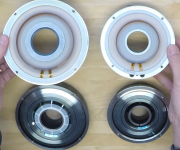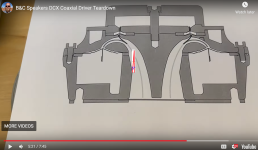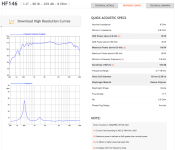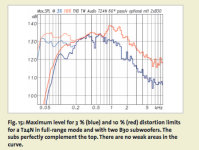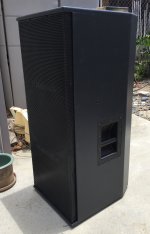Derick, you cannot achieve 4-way stereo filtering on the DCX2496; I use two separate units in six-channel mono mode fed digitally by a DEQ2496, but my system is 5-way so I had no choice within my budget. Alternatively you can use the passive crossover for the BMS to make it effectively a 3-way system, or buy a 2-in 8-out crossover for 4-way. My PM90s (3-way) are fed using NL8s using doubled-up pins for the parallel 12" drivers and the (2-way) upper bass and subs are connected with NL4 cables with paralleled pins.
I would advise very strongly against using using cheap digital amps for the BMS - I use old iron and copper MC2 amps for these, and the improvement in sound quality over the Behringer is not insignificant - much more than just the icing on the cake, so to speak...
I would advise very strongly against using using cheap digital amps for the BMS - I use old iron and copper MC2 amps for these, and the improvement in sound quality over the Behringer is not insignificant - much more than just the icing on the cake, so to speak...

